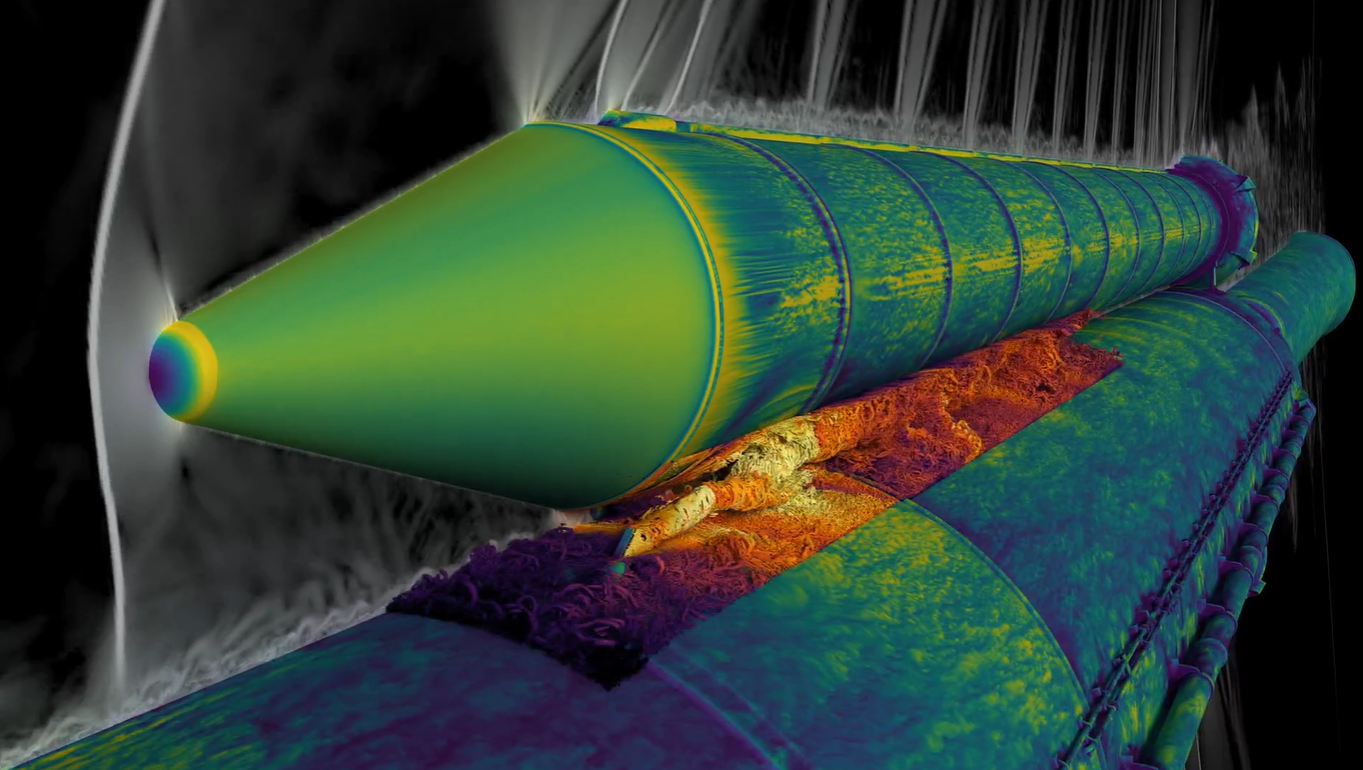Now Reading: NASA’s Space Tech Breakthrough: Communication Demo Surpasses Goals
-
01
NASA’s Space Tech Breakthrough: Communication Demo Surpasses Goals
NASA’s Space Tech Breakthrough: Communication Demo Surpasses Goals

Quick Summary
- NASA’s Deep Space Optical Communications (DSOC) technology successfully demonstrated laser-based high-speed data transmission from deep space.
- Over two years, it achieved record-breaking distances, including a signal transmitted and received from 307 million miles away.
- Teh system streamed an ultra-HD video to Earth from 19 million miles at a maximum bitrate of 267 megabits per second, demonstrating internet-like speeds in space dialog.
- The experiment involved a laser transceiver aboard the Psyche spacecraft and ground stations equipped with advanced light-detection technologies like Caltech’s Palomar Observatory telescope.
- Key technical challenges included precise alignment of lasers over vast distances and decoding faint signals after millions of miles of travel.
- Additional breakthroughs included hybrid radio-optical antennas for redundancy in weak signal reception and “arraying” methods across multiple telescopes for enhanced data collection.
- This was part of NASA’s ongoing effort to enable robust communications for future human missions to the Moon, Mars, and beyond.
Indian Opinion analysis
NASA’s success with DSOC highlights meaningful advancements in optical communication that could revolutionize interplanetary communication systems. For India, a country with growing ambitions in space exploration through ISRO (Indian Space Research Organisation), this underscores the importance of investing similarly in cutting-edge technologies. India’s upcoming Chandrayaan missions or potential crewed Moon/Mars initiatives may benefit by leveraging such innovations to improve mission efficiency.
Moreover, nations aiming for leadership roles in space exploration must prepare for higher data demands driven by advanced instruments and user expectations. Partnering on or independently developing similar optical communication systems can enhance India’s competitive edge globally while contributing towards its long-term Mars mission capabilities.























